Language
You can read the magazine in one of the following languages
Geolocation
You can read the global content or the content from your region
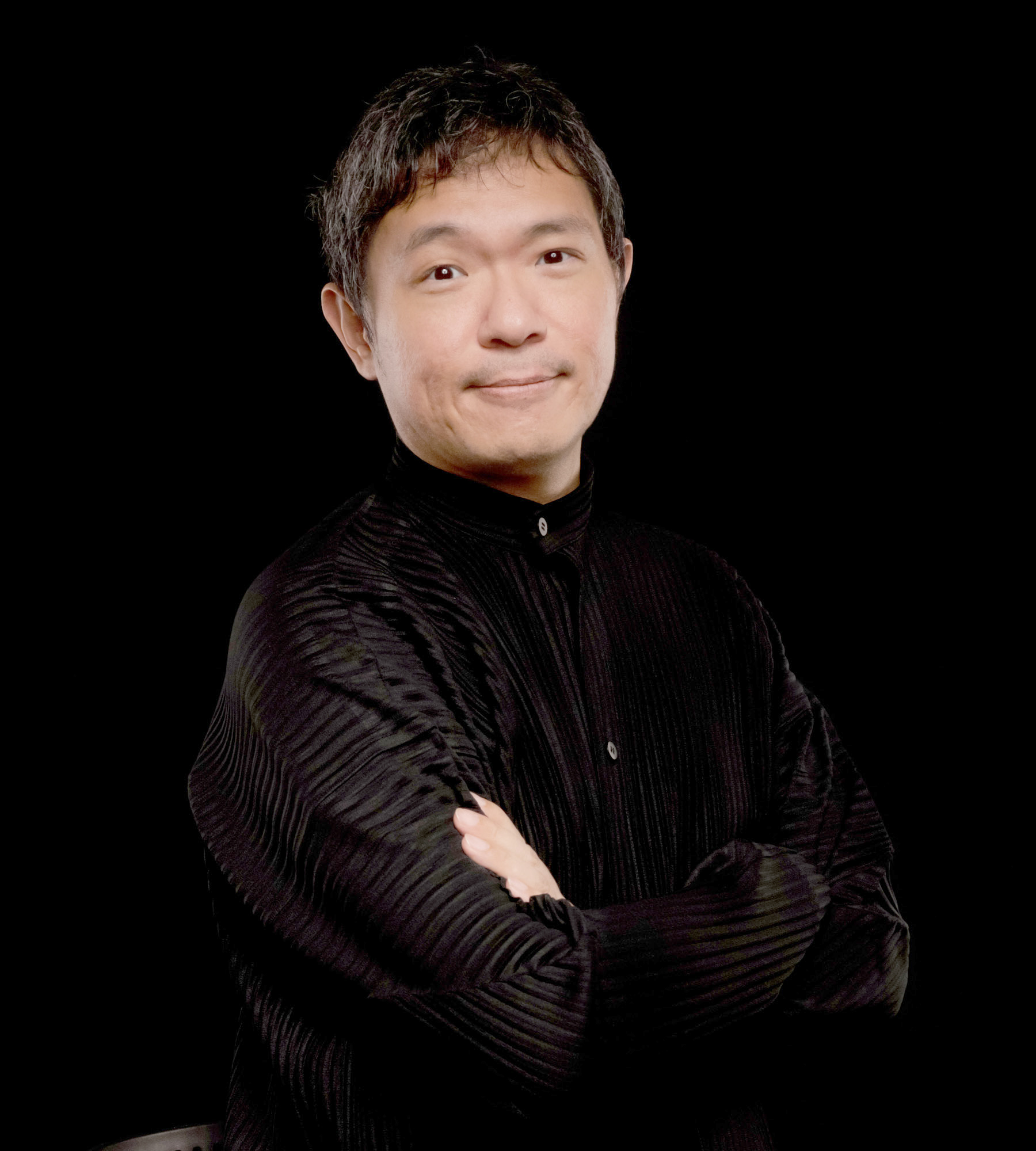
Architect Charles Lee is a trailblazer in his field and the creative mind behind a range of coveted projects, from train infrastructures in Singapore and Malaysia, hotels and resorts, to schools, airports and luxury homes in countries such as Vietnam, China and India.
Based in Singapore, he stands out from his peers who largely offer their clients a limited, broad-brush signature style to adopt. Instead, his career has been marked by a more intuitive, flexible and holistic approach, diving into intricate details with his clients to make his projects highly personalized and unique.
“I always tell my client, ‘Write me a dream list. Don’t just tell me the dry stuff about how many rooms you want and how many square meters of living space you need,’” says the Senior Vice President (Design and Project) at Valiram.
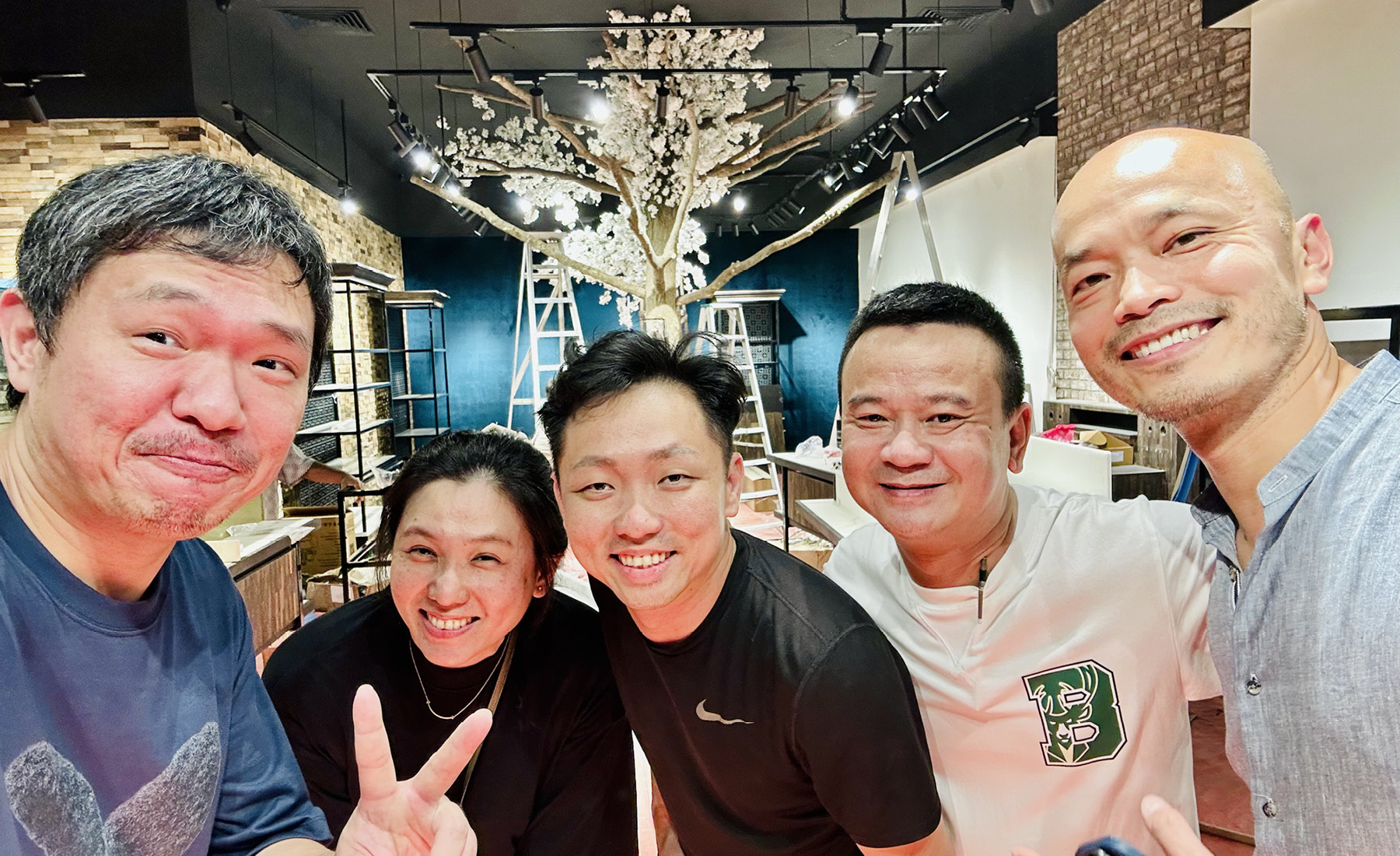
Construction inspection for the Rituals store in Kota Kinabalu, Malaysia with the brand principal, contractor and Lee’s team
“I always try to poke, ‘What else? We can sell dreams together. Tell me, how do you like to eat your breakfast? How do you like to entertain your friends when they come over?’
“At the end of the day, we are co-creators of the design with the owner. I’m like a chef. You tell me what you like, I will tell you how to put things together and I’ll add in my own touches.”
This out-of-the-box thinking has landed him roles at renowned firms like W Architects, CPG Consultants and ONG&ONG over the past 25 years. In fact, he jokes that the only things left on his bucket list of designs are a fire station and museum.
It was Lee’s relationship with his client Valiram, who hired him as an architect for their two flagship stores in Singapore in 2016 – Victoria’s Secrets and Michael Kors – which would cement his future in retail and with Valiram in the long-term.
Impressed by his work, the luxury retail specialist, which operates 500+ stores across the Asia–Pacific region, snapped him up to be the company’s in-house architect nearly eight years ago. He now leads retail store design and construction for 10 countries, helped by a team of 24, covering the full spectrum of retail from fashion, jewelry and luggage to lingerie, cosmetics and confectionery.
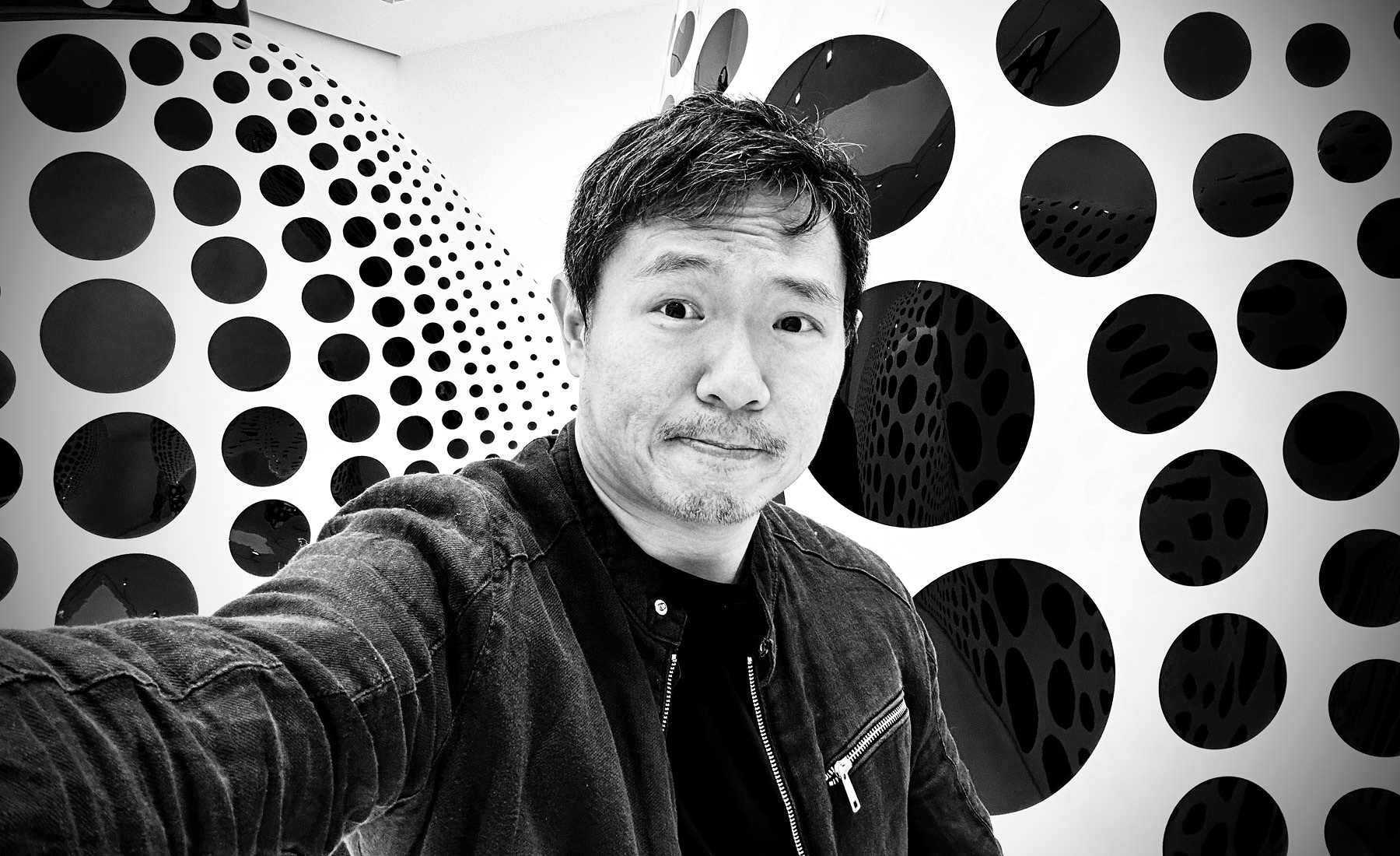
“At the end of the day, we are co-creators of the design with the owner.”
Despite this wide remit, he has not lost his rigorous attention to detail and his personal touch.
“Understanding the customer is the most important part of retail design. It’s not just about the lighting, but how it feels. It’s about the materials that you use. There’s a lot going into the customer psyche,” he enthuses.
“The beautiful thing about working in Valiram is that I’m exposed to around 100 brands and when I work with the brands, we talk about design, we talk about culture, we talk about human behavior.”
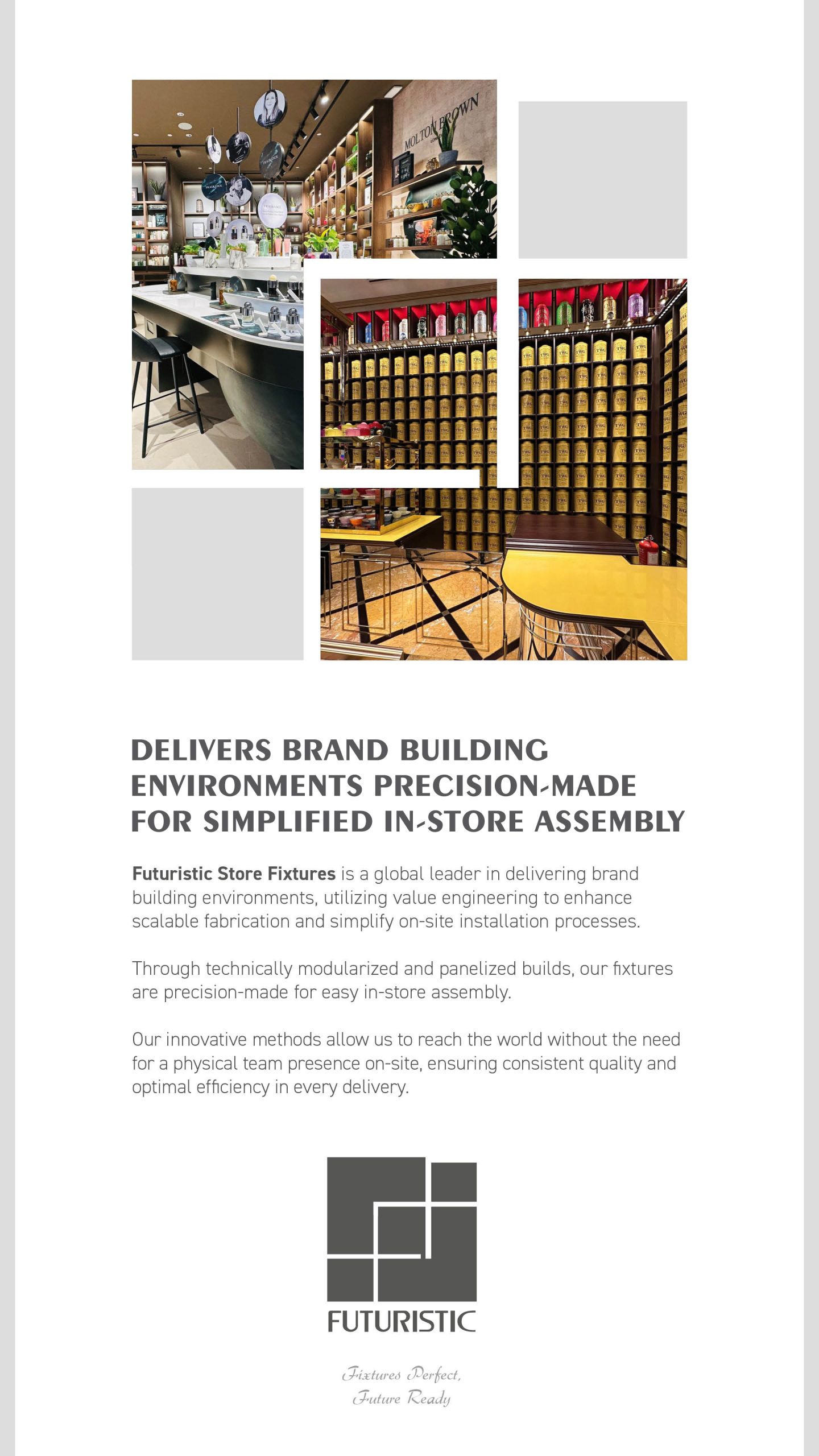
Explaining how the client-architect relationship works, Lee says there are three ways to approach a brand. The first model is when the brand has a strong design DNA like Nike or Victoria’s Secret, and the company has to look at the logic of the design to see how it will work in its malls and in this part of the world.
The second model is when he takes over the design from a brand like Steve Madden or Godiva, who entrust him to design the store, which allows for a level of experimentation.
Finally, the third prototype is an in-house brand where he has full creative freedom.
A hallmark of Lee’s leadership style is his deep engagement with customers and brands, and ensuring his team members understand this, too.
“How do I lead my team? It’s very simple. I walk the talk. I guide my team to understand the psyche of the brand. It’s not just about how many years of experience they have or how many projects they have executed or their value. This just means you’re capable,” he explains.
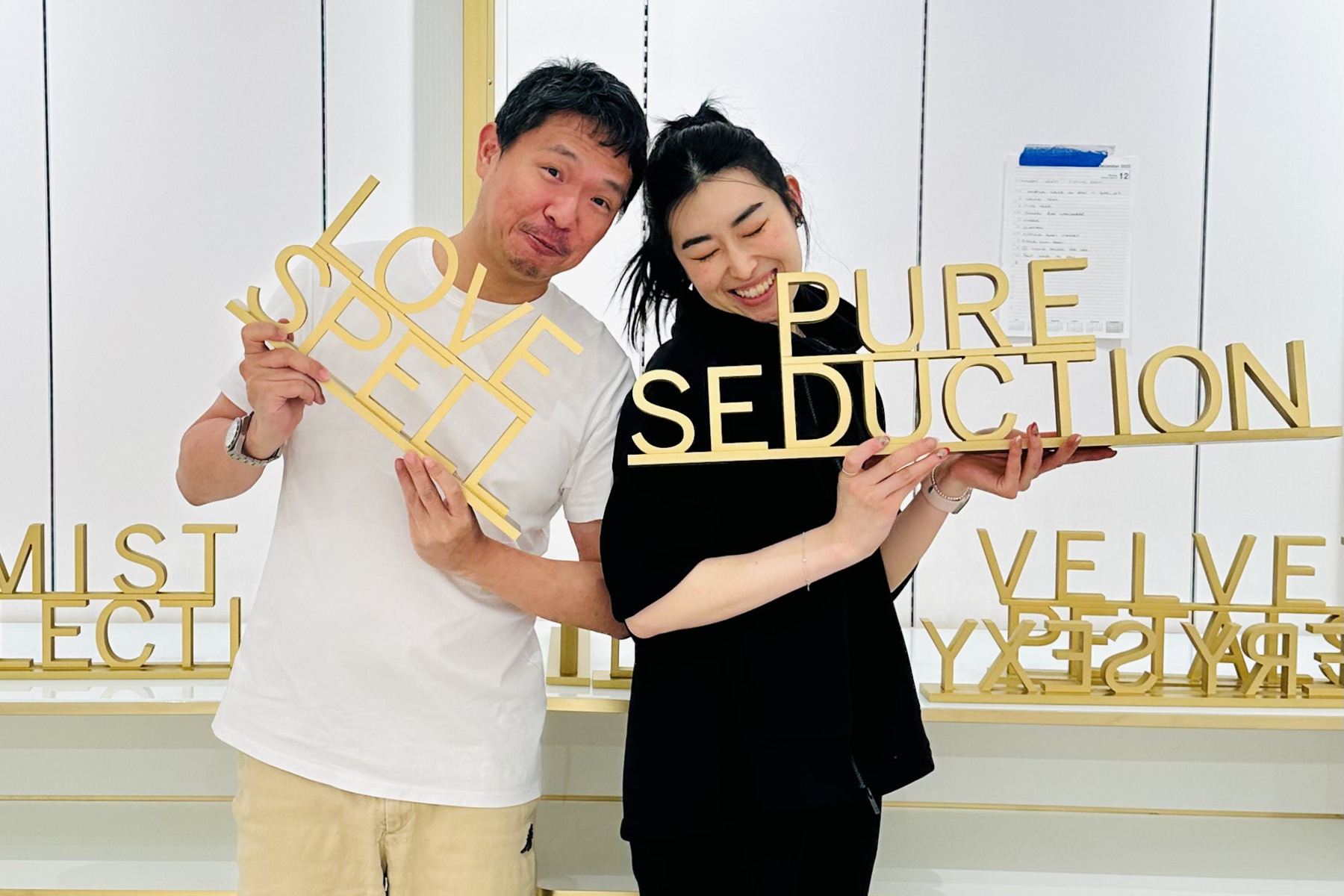
Fun shot during the Victoria’s Secret store setup in Melbourne, Australia
“Understanding the customer is the most important part of retail design.”
“But I always try to understand, does my teammate know the brand? Does my teammate understand why Tiffany is Tiffany? Why Tiffany is not Cartier? So, I take a lot of time to train them to understand the brand.
“It’s the appreciation of the other asset of design that will make a multi-development better. So when I look for people, I look for that quality.”
The holistic vision that runs through all his work can be traced back to two formative experiences – one while he was working in a restaurant as a teenager in Singapore, and the other as a student in Australia.
As a part-time waiter in Singapore, he had an epiphany about what he wanted to do with his life while recovering from an illness, in a small closet during a staff break. He describes the moment he saw beautiful shafts of light penetrating the dark room through the keyhole.
“When I walked out of there, I realized that’s what I’d like to do, to understand a little bit about space. So, I went to read around. Then I found out that you can study the design of space,” he says.
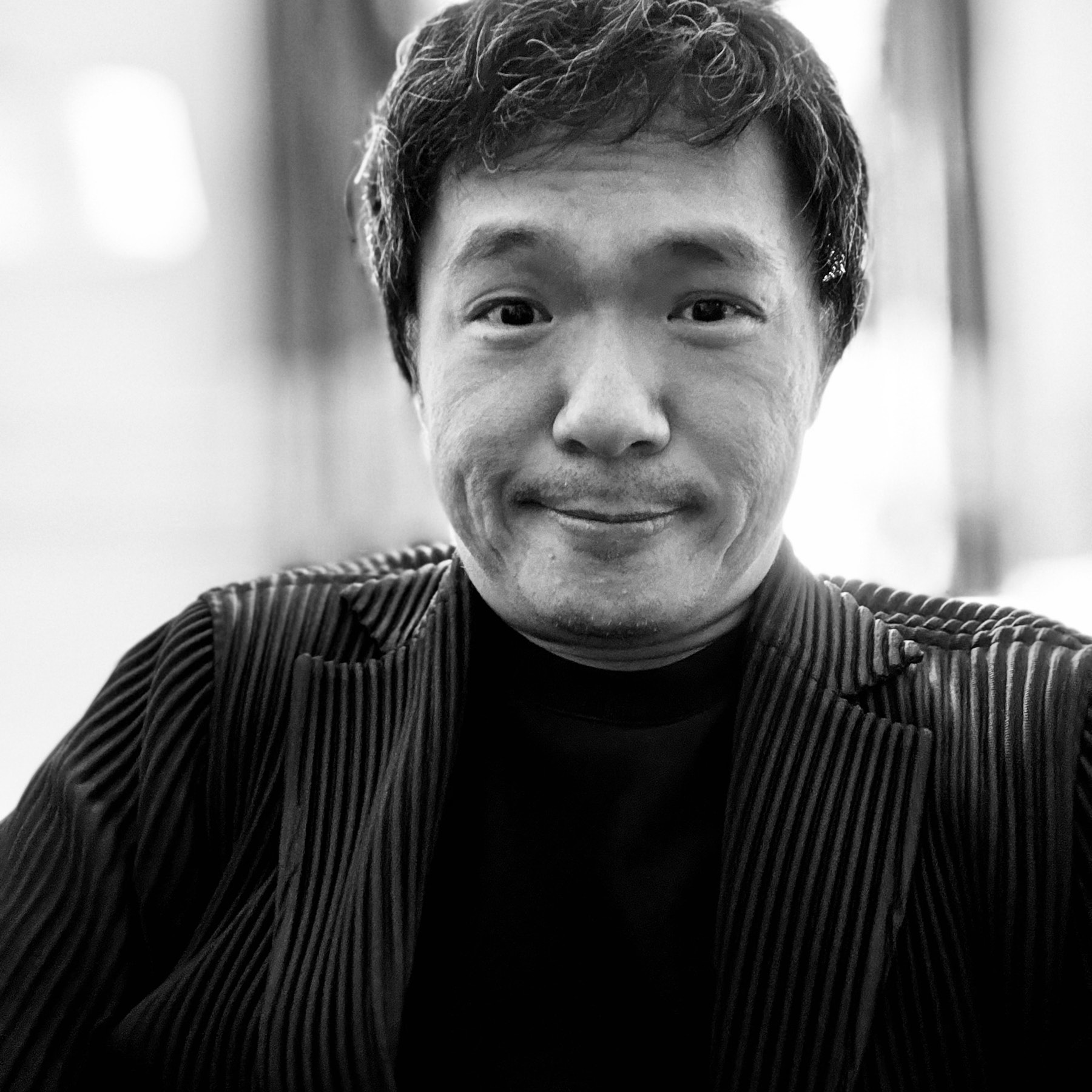
“I’m still quite a traditionalist in that way of looking at design as holistic.”
The second experience was in Australia as a student at The University of Melbourne. At the time, landscape and architecture were separate courses but Lee saw the synergy between the two and asked his professor if he could study both at the same time.
This bird’s-eye view would shape his outlook and approach to the profession going forward, and actually harked back to a more traditional time when there was less separation in the industry.
“The master builder, back in the day, they would do everything,” he explains. “I’m still quite a traditionalist in that way of looking at design as holistic.”
Another key moment that would be pivotal was Lee’s time in the Australian outback studying the landscape and learning about how Indigenous Australians lived on the ancient continent, which widened his perspective of the world.
“I was always stuck in that closet when I was a waiter. Everything we do as an architect, is for the people. Whatever we design is for the people. If no-one uses it, it defeats the purpose. So, that’s always what I look at.”